Home>Articles>How To Properly Store Different Types Of Sauce
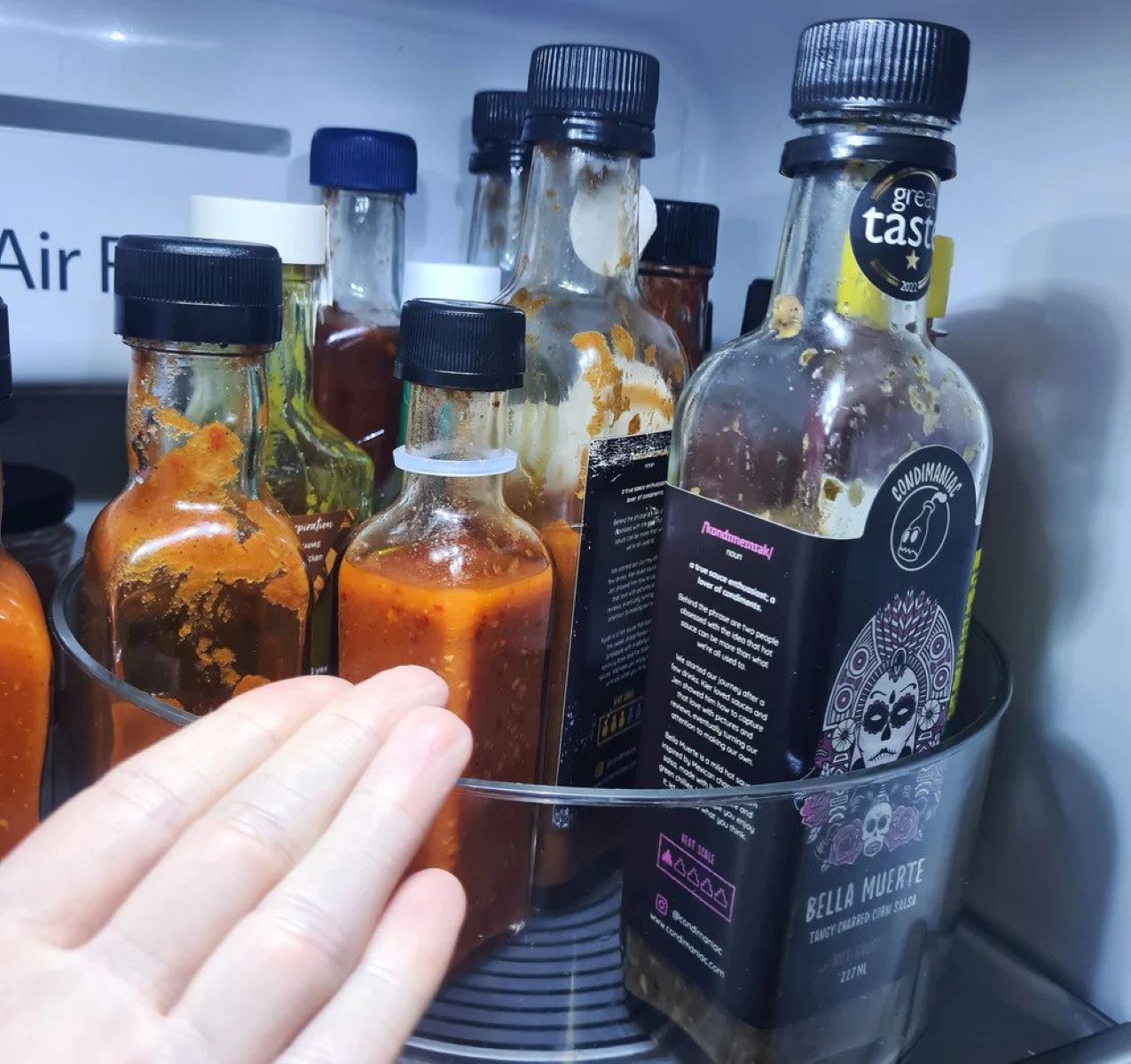

Articles
How To Properly Store Different Types Of Sauce
Modified: January 8, 2024
Learn the best tips for storing sauce in this comprehensive guide. Discover proper storage methods and containers for preserving your favorite sauces.
(Many of the links in this article redirect to a specific reviewed product. Your purchase of these products through affiliate links helps to generate commission for Storables.com, at no extra cost. Learn more)
Introduction
Welcome to the world of sauces! From tangy barbecue sauces to creamy pasta sauces, we rely on these flavor-enhancing condiments to elevate our meals to new heights. But what happens when you have leftover sauce or need to store a large batch for future use?
Proper sauce storage is essential to maintain flavor, quality, and safety. Whether you’re a sauce connoisseur or a home cook experimenting with homemade recipes, understanding the best practices for storing various types of sauces will ensure that they remain fresh and delicious.
In this article, we’ll delve into the importance of proper sauce storage, explore the different types of sauces and their unique storage needs, and provide practical tips on how to store homemade and store-bought sauces. We’ll also discuss the option of freezing sauces for extended storage and the importance of labeling and organization. So, let’s embark on this saucy journey and uncover the secrets to keeping your sauces safe and flavorful!
Key Takeaways:
- Proper sauce storage is crucial for preserving flavor, preventing spoilage, and reducing food waste. Tailoring storage methods to different sauce types ensures freshness and safety.
- Labeling, organization, and avoiding cross-contamination are essential for maintaining the quality and safety of sauces. Following specific storage guidelines is key to enjoying flavorful sauces with confidence.
Read more: What Are The Different Types Of Curtains
Understanding the Importance of Proper Sauce Storage
Sauce storage might seem like a mundane task, but it plays a crucial role in maintaining the quality, flavor, and safety of your favorite condiments. Improper storage can lead to spoilage, loss of flavor, and even foodborne illness. Here are a few reasons why proper sauce storage is essential:
Preserving Flavor: Sauces are packed with a wide range of flavors, from subtle herbs and spices to bold tanginess. To ensure that these flavors remain intact, it’s important to store sauces in a way that prevents the exposure to air, heat, and light. Proper storage will help preserve the taste and aroma, allowing you to enjoy the sauce at its best.
Preventing Spoilage: Sauces, especially homemade ones or those with perishable ingredients like dairy or eggs, can spoil if not stored correctly. Bacterial growth can occur when sauces are kept at improper temperatures or exposed to contaminants. By following proper sauce storage guidelines, you can minimize the risk of spoilage and protect your health.
Maximizing Shelf Life: Nobody wants to waste money by tossing out a half-used bottle of sauce that has gone bad. By storing sauces correctly, you can extend their shelf life and save money in the long run. This is particularly important for commercial establishments that deal with bulk quantities of sauces.
Reducing Food Waste: Proper sauce storage also helps in reducing food waste. By storing sauces in a way that extends their freshness, you can avoid tossing out expired or spoiled sauces. This not only saves money but also contributes to a sustainable approach in the kitchen.
Now that we understand the importance of proper sauce storage, let’s explore the different types of sauces and the specific storage needs for each. By tailoring our storage methods to the characteristics of each sauce, we can ensure that they stay fresh and delicious for as long as possible.
Types of Sauces and Their Storage Needs
Sauces come in a wide range of flavors, consistencies, and ingredients, each requiring specific storage conditions to maintain their quality. Let’s take a look at some popular types of sauces and their unique storage needs:
- Pantry Staple Sauces: These sauces, such as ketchup, mustard, and Worcestershire sauce, typically contain preservatives that give them a longer shelf life. They can be stored at room temperature in a cool, dry place away from direct sunlight. Once opened, it’s advisable to refrigerate them to maintain freshness, especially in warmer climates.
- Creamy Sauces: Cream-based sauces like Alfredo, béchamel, or cheese sauce require careful storage due to their dairy content. These sauces should be refrigerated at all times, whether store-bought or homemade. It’s important to seal them tightly in airtight containers or wrap them with plastic wrap to prevent air exposure and avoid any cross-contamination with other food items in the refrigerator.
- Tomato-Based Sauces: Tomato sauces like marinara, pasta sauce, and pizza sauce have a high acidity level, which helps to preserve them. Store-bought tomato sauces can be stored at room temperature until opened, after which they should be refrigerated. Homemade tomato sauces should also be refrigerated and consumed within a few days or frozen for longer storage.
- Asian Sauces: Popular Asian sauces like soy sauce, hoisin sauce, and fish sauce have a long shelf life due to their high sodium content. These sauces can be stored at room temperature before opening, but once opened, it’s best to keep them in the refrigerator to maintain freshness and prevent spoilage.
- Hot Sauces: Hot sauces, such as Tabasco or Sriracha, usually contain vinegar or other preservatives that help extend their shelf life. They can be stored in a cool pantry or cupboard until opened. Once opened, refrigeration is recommended to preserve flavor and prevent any changes in consistency.
It’s important to note that these are general guidelines, and it’s always best to check the specific storage instructions on the sauce’s packaging or consult a reliable source for homemade sauce recipes. Adhering to the recommended storage needs will help ensure that your sauces remain fresh and safe to consume.
Now that we have a better understanding of the different types of sauces and their storage requirements, let’s move on to some general tips for sauce storage that apply to all sauces.
General Tips for Sauce Storage
Regardless of the type of sauce you’re storing, there are some general tips that apply to all sauces. By following these guidelines, you can maximize the shelf life and quality of your favorite condiments:
- Check Expiration Dates: Before purchasing store-bought sauces, make sure to check the expiration dates. Avoid buying sauces that are close to their expiration date to ensure you have ample time to consume them.
- Use Airtight Containers: When storing homemade sauces or transferring store-bought sauces, always use airtight containers. This helps to prevent air exposure, which can lead to oxidation and spoilage. Glass jars or containers with sturdy lids are preferred over plastic containers.
- Clean and Dry Containers: Ensure that the containers you’re using to store your sauces are clean and completely dry. Any moisture can promote bacterial growth, leading to spoilage.
- Avoid Direct Sunlight: Keep your sauces away from direct sunlight or other sources of heat. Exposure to light and heat can cause sauces to deteriorate and lose their flavors more quickly. Store them in a cool and dark place.
- Refrigeration is Key: Most sauces, especially those with perishable ingredients like dairy or eggs, should be refrigerated. Even if the label states that refrigeration is not required, it’s always best to err on the side of caution and keep them chilled for better quality and safety.
- Date and Label: To keep track of the freshness of your sauces, label them with the date of preparation or opening. This helps you know when to use them or when to discard them if they have exceeded their recommended storage period.
- Avoid Double-Dipping: To prevent cross-contamination and the introduction of bacteria, always use a clean utensil when scooping out sauce from a container. Double-dipping can introduce germs and cause the sauce to spoil more quickly.
- Frequent Inspection: Regularly inspect your sauces for any signs of mold, foul odors, or changes in appearance. If you notice anything unusual, discard the sauce immediately to avoid any health risks.
- Follow Homemade Recipe Instructions: If you’re making homemade sauces, carefully follow the recipe instructions regarding storage, including the recommended refrigeration period and maximum storage time. Homemade sauces typically have a shorter shelf life compared to store-bought ones.
By implementing these general tips, you can ensure that your sauces remain fresh, flavorful, and safe to consume. Now, let’s explore the specific considerations for storing homemade sauces.
Storing Homemade Sauces
Making homemade sauces is a wonderful way to add a personal touch to your meals and experiment with different flavors. Proper storage is essential to maintain the quality and safety of homemade sauces. Here are some tips for storing homemade sauces:
- Cool Before Storing: Allow the homemade sauce to cool completely before storing it. Placing hot sauce in a container and immediately sealing it can create condensation, which can lead to moisture buildup and spoilage.
- Airtight Containers: Transfer the sauce to clean, airtight containers. Glass jars with secure lids or plastic containers designed for food storage are suitable options. Ensure that the containers are completely dry before adding the sauce to avoid any moisture-related issues.
- Refrigerate: Most homemade sauces should be refrigerated to maintain freshness. Place the containers in the refrigerator as soon as possible after preparing the sauce. Be sure to place them on a shelf where they won’t be exposed to strong odors from other foods.
- Label and Date: Label the containers with the name of the sauce and the date it was made. This allows you to keep track of its freshness and ensure you use it within a reasonable time frame. As a general rule, homemade sauces should be consumed within 3-5 days or within the timeframe recommended in the recipe.
- Freeze for Longer Storage: If you have a large batch of homemade sauce and don’t plan to use it all within a few days, consider freezing it. Freezing can extend the shelf life of the sauce for several months. Use freezer-safe containers or freezer bags, leaving some room for expansion. Properly label the containers with the sauce name and date of freezing.
- Thawing Frozen Sauce: When you’re ready to use the frozen sauce, thaw it overnight in the refrigerator. Avoid thawing at room temperature to prevent bacteria growth. Once thawed, consume the sauce within a few days and do not refreeze it.
- Trimming the Fat: If your homemade sauce has fat that solidifies upon refrigeration, such as in meat-based sauces or gravies, consider skimming off the fat before reheating and serving. This helps improve the texture and quality of the sauce.
- When in Doubt, Discard: If you notice any signs of spoilage, such as mold growth, foul smell, or unusual texture, it’s best to discard the sauce. It’s better to be safe than sorry when it comes to homemade sauces.
By following these guidelines, you can ensure that your homemade sauces stay fresh, flavorful, and safe to consume. Now, let’s discuss the storage considerations for store-bought sauces.
Store sauce in airtight containers to prevent spoilage and maintain freshness. Keep it in the refrigerator for up to a week or freeze for longer storage. Label and date the containers for easy identification.
Read more: What Are The Different Types Of Screwdriver
Storing Store-Bought Sauces
Store-bought sauces often come in convenient bottles or jars with specific storage instructions. While these sauces are typically designed for longer shelf life, it’s still important to store them properly to maintain their quality and flavor. Here are some tips for storing store-bought sauces:
- Check the Label: Read the label on the sauce bottle or jar for specific storage instructions. Some sauces may recommend refrigeration, while others can be stored at room temperature until opened. Follow the manufacturer’s guidelines for the best storage practices.
- Seal the Container: Ensure that the sauce container is tightly sealed after each use. This helps prevent air exposure and maintains the freshness of the sauce. If the original packaging doesn’t provide a secure seal, consider transferring the sauce to an airtight container.
- Refrigeration After Opening: In most cases, store-bought sauces should be refrigerated once they are opened. This helps to prolong their shelf life and prevent spoilage. Always check the label for specific instructions on whether refrigeration is required after opening.
- Avoid Contamination: To avoid cross-contamination, use a clean utensil each time you scoop out sauce from the container. This minimizes the risk of introducing bacteria into the sauce, which can lead to spoilage and foodborne illness.
- Separation: Some store-bought sauces may separate over time due to natural settling or temperature changes. If separation occurs, simply give the sauce a good shake or stir before using it to reincorporate any separated ingredients.
- Storage Temperature: If the label indicates that the sauce can be stored at room temperature before opening, make sure to keep it in a cool and dark place. Avoid placing the sauce near heat sources or areas exposed to direct sunlight.
- Expiration Date: Pay attention to the expiration date on the sauce packaging. It’s important to consume the sauce before the indicated date to ensure optimal taste and quality. Avoid buying sauces that are close to their expiration date to allow for sufficient shelf life.
- Use Proper Dispensers: Some store-bought sauces, like squeeze bottles or jars with pour spouts, come with built-in dispensers. These dispensers help control the amount of sauce used and minimize air exposure. Utilize these dispensers to keep the sauce fresh for a longer period.
- Refrigerate Remaining Sauce: If you have leftover sauce from a partially used bottle or jar, transfer it to a smaller, airtight container and refrigerate it. This prevents the sauce from becoming contaminated and prolongs its freshness.
By following these tips, you’ll ensure that your store-bought sauces remain tasty, safe to consume, and have an extended shelf life. Now, let’s explore the option of freezing sauces for extended storage.
Freezing Sauces for Extended Storage
If you have a surplus of sauces or need to extend their shelf life beyond the recommended storage period, freezing is a great option. Freezing sauces allows you to enjoy them at a later time without compromising their taste and quality. Here’s how to freeze sauces for extended storage:
- Cool the Sauce: Allow the sauce to cool completely before freezing. Placing hot sauce in the freezer can lead to uneven freezing and potential freezer burn.
- Choose Freezer-Safe Containers: Select freezer-safe containers or resealable bags designed for freezing. Glass jars, plastic containers, or heavy-duty freezer bags are suitable options. Ensure that the containers or bags are clean and dry before adding the sauce.
- Divide into Portions: Consider dividing the sauce into smaller portions before freezing. This allows you to thaw and use only the amount you need, preventing wastage. Be sure to leave some headspace in the containers or bags to allow for expansion as the sauce freezes.
- Label and Date: Properly label the containers or bags with the name of the sauce and the date it was frozen. This helps you keep track of the sauces in your freezer and ensures that you use them within a reasonable timeframe.
- Air Removal: If using resealable bags, remove as much air as possible before sealing them. This helps prevent freezer burn and preserves the quality of the sauce. If using containers, ensure they have airtight lids to minimize air exposure.
- Freeze Flat: To optimize freezer space and streamline thawing, freeze the sauce containers or bags in a flat position. Once they are fully frozen, you can stack them vertically or arrange them as needed in your freezer.
- Thawing and Reheating: When you’re ready to use the frozen sauce, thaw it in the refrigerator overnight. Thawing them slowly in the refrigerator ensures even and safe defrosting. Once thawed, reheat the sauce in a saucepan on the stovetop or using the defrost function in a microwave, stirring occasionally to ensure even heating.
- Consume within Recommended Timeframe: While frozen sauces can maintain their quality for several months, it’s best to consume them within three to six months for the best taste and texture. Always refer to the specific sauce’s recommended storage timeframe for optimal results.
- Do Not Refreeze: Once a frozen sauce is thawed, it should not be refrozen unless it has been cooked or heated to a safe temperature. Refreezing thawed sauce can lead to a loss of quality and increase the risk of foodborne illness.
By following these steps, you can safely and efficiently freeze your sauces for extended storage, saving both time and money. Now, let’s explore the importance of proper labeling and organization when it comes to sauce storage.
Proper Labeling and Organization of Sauces
When it comes to sauce storage, proper labeling and organization are key to maintaining an efficient and enjoyable cooking experience. Keeping track of your sauces, their storage dates, and other relevant information ensures that you can easily find and use them when needed. Here are some tips for proper labeling and organization of sauces:
- Clear and Readable Labels: Label each sauce container or bag clearly and legibly. Include the name of the sauce, date of preparation or opening, and any other relevant information, such as special ingredients or dietary restrictions.
- Color-Coding System: Consider implementing a color-coded system to visually differentiate between different types of sauces. For example, you can use different colored labels or stickers for tomato-based sauces, cream-based sauces, or Asian sauces. This makes it easier to locate the desired sauce at a glance.
- Organize by Type or Usage: Group your sauces together based on their type or common usage. For instance, keep all pasta sauces in one area, barbecue sauces in another, and Asian sauces in a separate section. This organization method allows for easy access and minimizes the time spent searching for specific sauces.
- Stacking or Shelving: Depending on the space available in your pantry or refrigerator, consider stacking sauce containers or using shelving units to maximize storage. Stackable containers or tiered shelves can help create more vertical space, allowing for efficient organization.
- First In, First Out (FIFO): Practice the FIFO method by placing newly purchased or made sauces at the back while moving older bottles to the front. This ensures that sauces are consumed in the order they were stored, reducing the chances of expiration or waste.
- Separate Spicy and Non-Spicy: If you have both spicy and non-spicy sauces, it’s advisable to separate them to avoid any cross-contamination of flavors. Keep spicy sauces in a different section to prevent their strong flavors from overpowering other sauces.
- Sauce Inventory List: Consider maintaining an inventory list of the sauces you have and their corresponding expiration dates. This helps you keep track of your sauce collection and plan your meals accordingly. Update the list regularly as you use or replenish your sauce supply.
- Regular Cleaning: Keep your sauce storage area clean and free from spills or sticky residue. Regularly wipe down shelves, containers, and lids to maintain a hygienic storage environment.
- Label Freezer Bags with Sauce Information: When freezing sauces in bags, label each bag with the sauce name, date of freezing, and recommended thawing instructions. This ensures easy identification and prevents confusion when selecting sauces from the freezer.
By implementing proper labeling and organization strategies, you can streamline your sauce storage process and maintain an efficient and well-managed kitchen. Now, let’s explore some important considerations for avoiding cross-contamination and preventing sauce spoilage.
Avoiding Cross-Contamination and Spoilage
Preventing cross-contamination and spoilage is crucial when it comes to sauce storage. Cross-contamination can introduce harmful bacteria into your sauces, while spoilage can lead to a loss of flavor and potentially pose health risks. Here are some important considerations for avoiding cross-contamination and preventing sauce spoilage:
- Separate Utensils: Use separate utensils for different sauces, especially when sharing a sauce station or using communal condiment containers. This helps prevent the transfer of bacteria and flavors between sauces.
- Store Raw and Cooked Sauces Separately: Raw sauces, such as marinades or salsas, should be stored separately from cooked or ready-to-eat sauces. Raw sauces may contain bacteria or microorganisms that can potentially cause foodborne illnesses if they come into contact with cooked sauces.
- Proper Sealing and Storage: Ensure that sauce containers are tightly sealed to prevent air exposure and contamination. Store sauces in clean, airtight containers or resealable bags to maintain their freshness and protect them from outside contaminants.
- Regular Inspection: Regularly inspect your sauces for any signs of spoilage, such as mold growth, strange odors, or changes in texture. If you notice any abnormalities, discard the sauce immediately to prevent any negative health effects.
- Refrigeration Rules: Refrigerate sauces that require refrigeration promptly after each use. Avoid leaving them at room temperature for an extended period, as it can promote bacteria growth and spoilage.
- Contamination-Free Dip Practice: When using sauces as dips, pour a portion of the sauce into a smaller serving bowl or ramekin. This prevents double-dipping and avoids contaminating the entire container of sauce.
- Proper Cleaning of Containers: Clean sauce containers thoroughly before refilling them with fresh sauce. This includes washing them with warm, soapy water and ensuring that they are completely dry before reuse to prevent any residual bacteria from contaminating the new batch of sauce.
- Check for Signs of Oxidation: Certain sauces, like pesto or avocado-based sauces, are prone to oxidation. To prevent them from spoiling, cover the surface of the sauce with a thin layer of olive oil before sealing the container. This helps create a barrier against air exposure, reducing the risk of oxidation.
- Stored Below Other Foods: To prevent any accidental spills or drips from contaminating other food items, store sauce containers below solid or sealed food items on your refrigerator shelves. This helps contain any potential leaks or spills within the sauce container.
By following these guidelines, you can maintain the quality and safety of your sauces, minimizing the risk of cross-contamination and spoilage. With proper care and attention, your sauces will continue to enhance your meals for longer periods, ensuring a delightful dining experience.
Now that we’ve covered all the necessary steps for proper sauce storage, it’s time to put this knowledge into practice. Enjoy your flavorful sauces with confidence, knowing that they are safely and properly stored!
Stay saucy!
Read more: What Are The Different Types Of Stemware?
Conclusion
Sauce storage may seem like a simple task, but it plays a significant role in maintaining the quality, flavor, and safety of your favorite condiments. Whether you’re dealing with homemade sauces or store-bought varieties, following proper storage practices is essential to ensure they stay fresh and delicious.
By understanding the importance of proper sauce storage, you can preserve the flavors, prevent spoilage, and maximize the shelf life of your sauces. Different types of sauces have specific storage needs, so it’s vital to adjust your storage methods accordingly. Whether it’s refrigerating creamy sauces or storing pantry staples at room temperature, pay attention to the recommended guidelines.
General tips like using airtight containers, avoiding direct sunlight, and keeping sauces organized promote longevity and ease of use. Proper labeling helps you keep track of your sauces and ensures you use them within their recommended timeframes. Additionally, freezing sauces can extend their shelf life, providing you with a convenient supply of sauce for future use.
Avoiding cross-contamination and preventing sauce spoilage are crucial for maintaining the safety and quality of your sauces. By using separate utensils, storing raw and cooked sauces separately, and regularly inspecting for signs of spoilage, you can ensure that your sauces are safe to consume.
Remember to always follow the specific storage instructions provided on the sauce packaging or in homemade recipes. When in doubt, it’s better to discard sauces that show signs of spoilage or have exceeded their storage periods. Your health and enjoyment of these culinary delights should always be a top priority.
So, with a well-organized sauce collection, proper labeling, and effective storage techniques, you can savor the flavors of your favorite sauces whenever you desire. Enjoy the saucy goodness with the confidence that your sauces are stored properly and ready to elevate your meals!
Stay saucy and happy cooking!
Frequently Asked Questions about How To Properly Store Different Types Of Sauce
Was this page helpful?
At Storables.com, we guarantee accurate and reliable information. Our content, validated by Expert Board Contributors, is crafted following stringent Editorial Policies. We're committed to providing you with well-researched, expert-backed insights for all your informational needs.

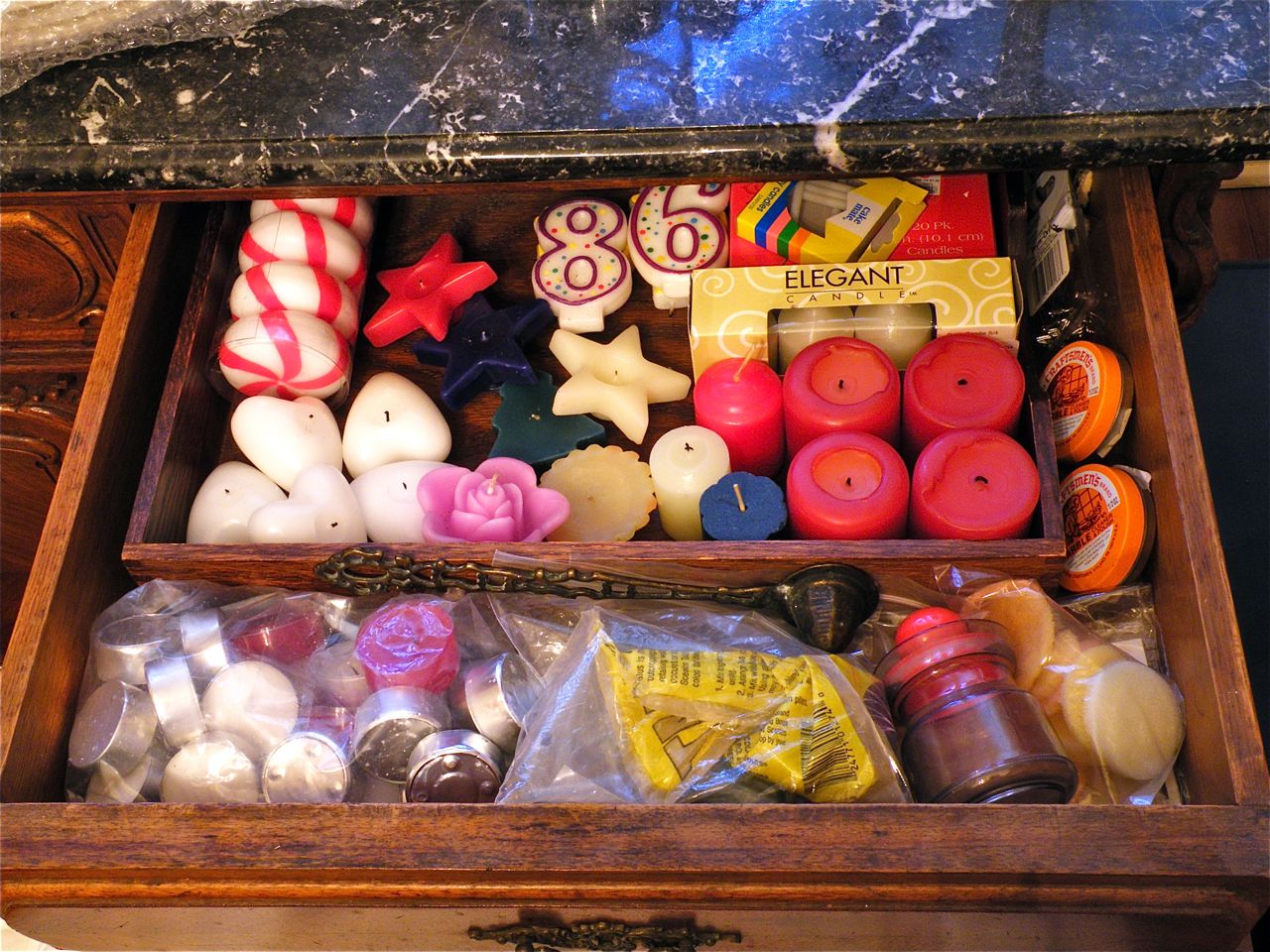
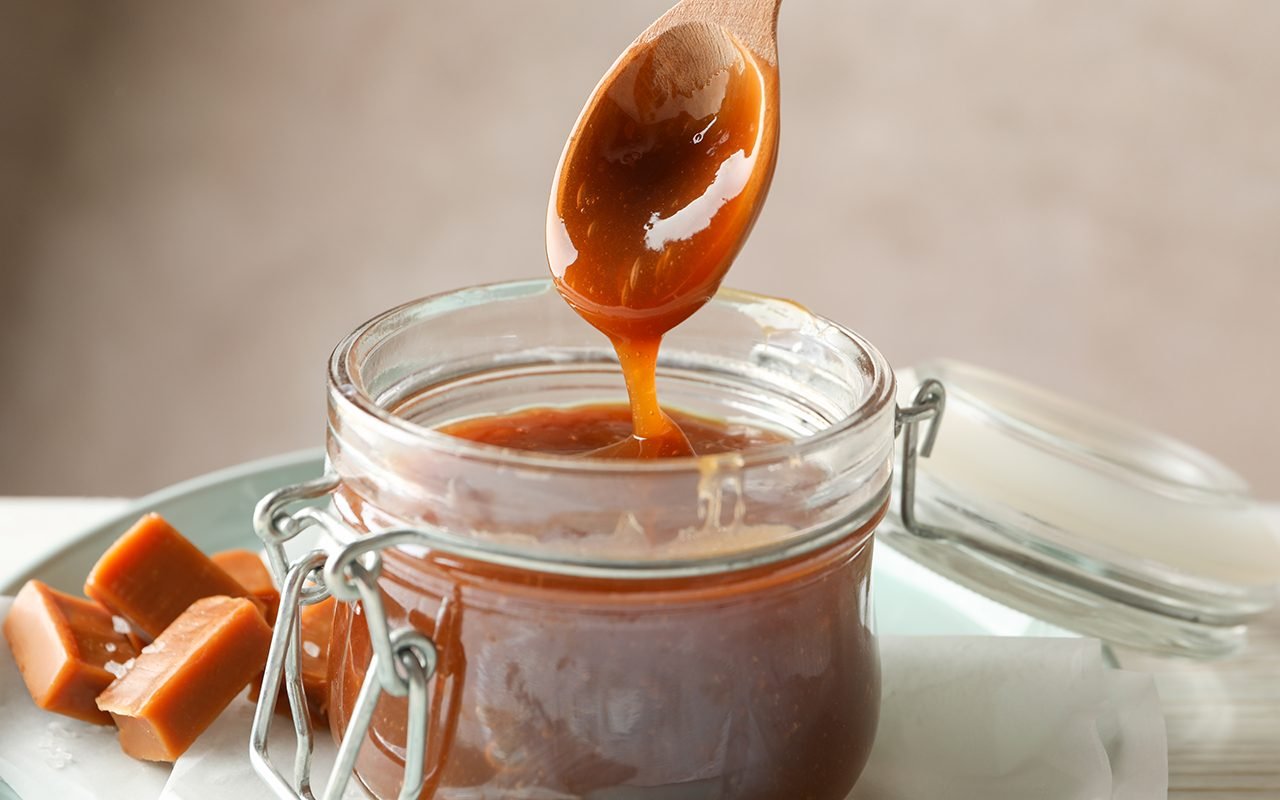

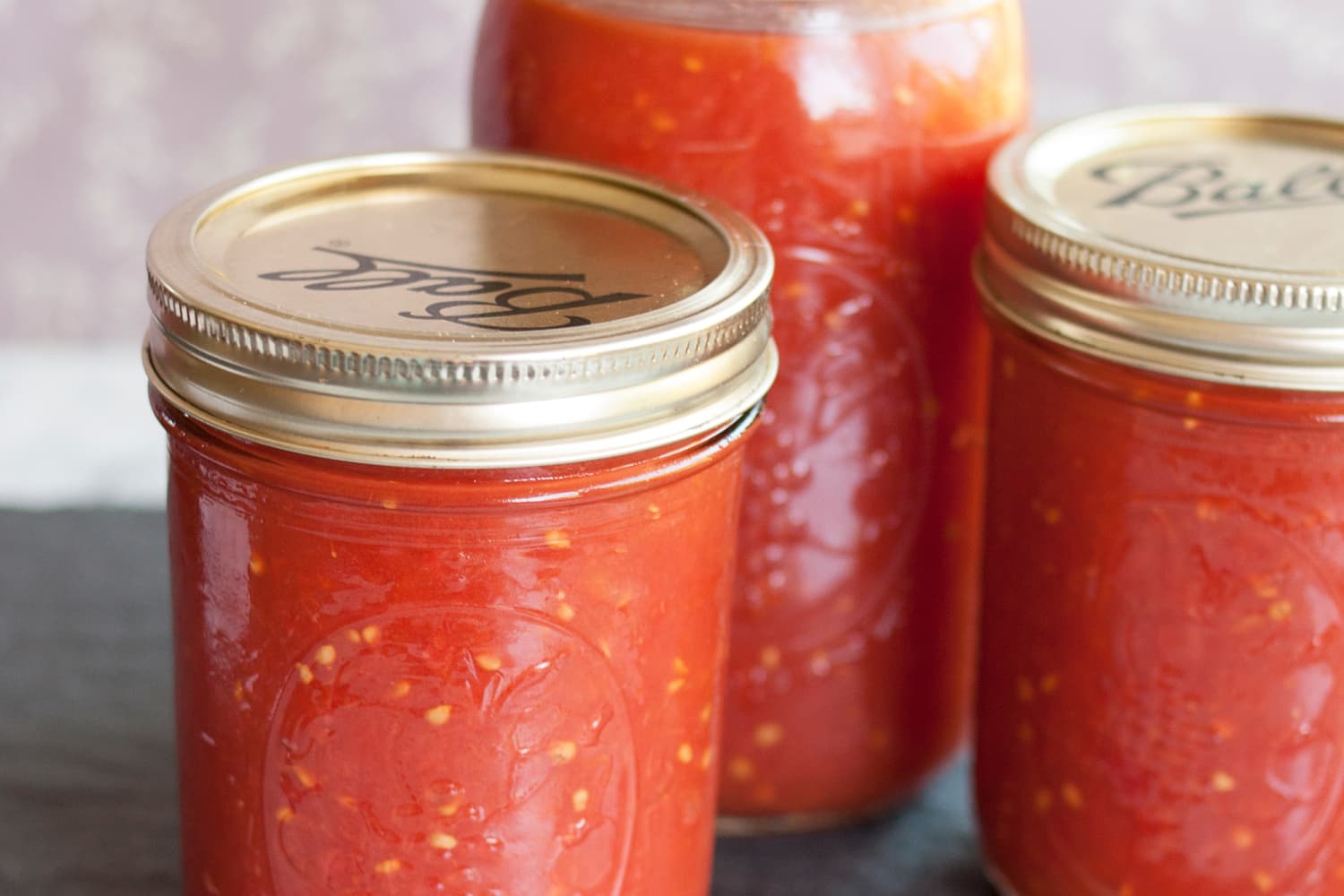
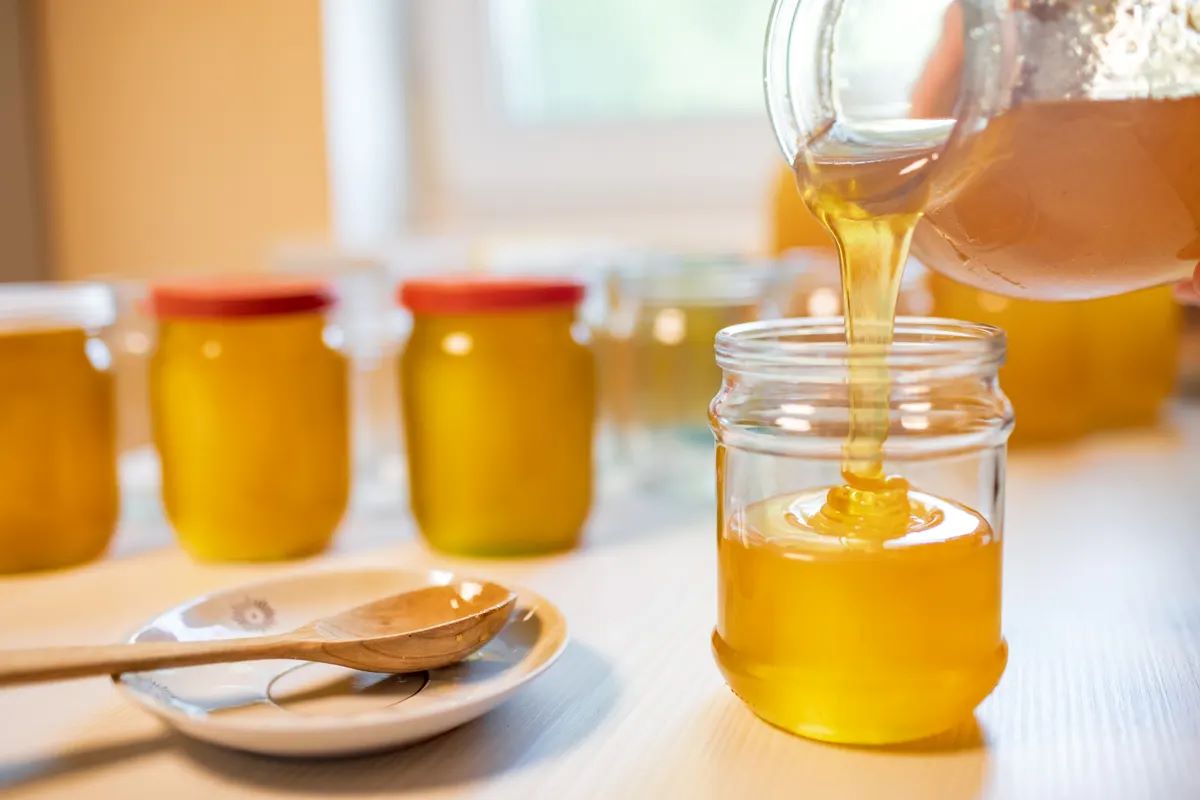
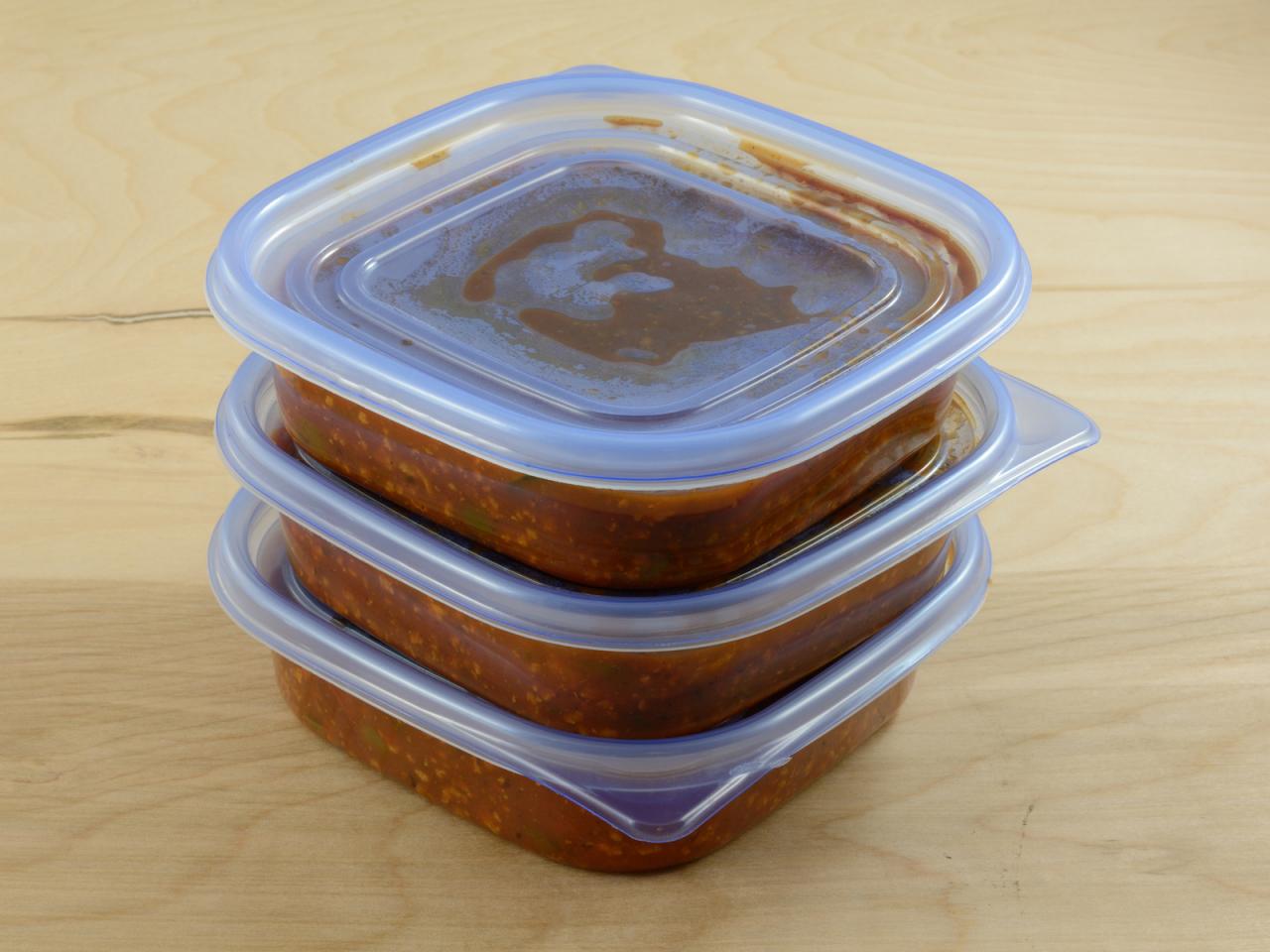
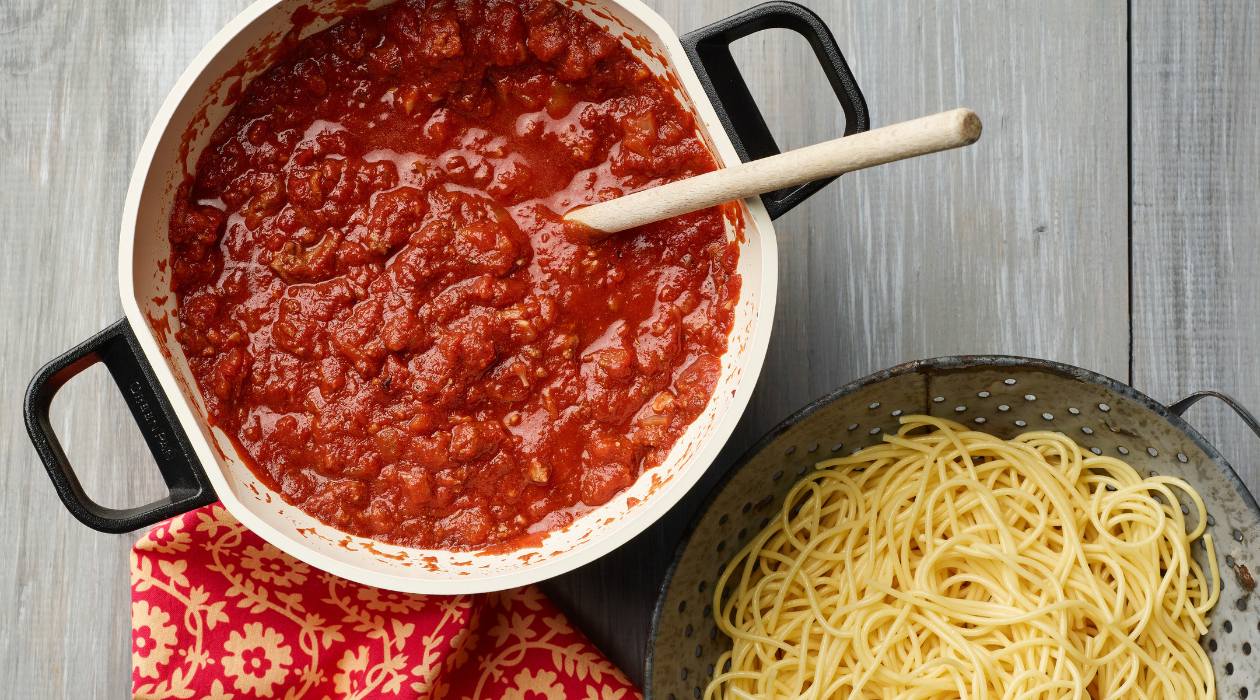


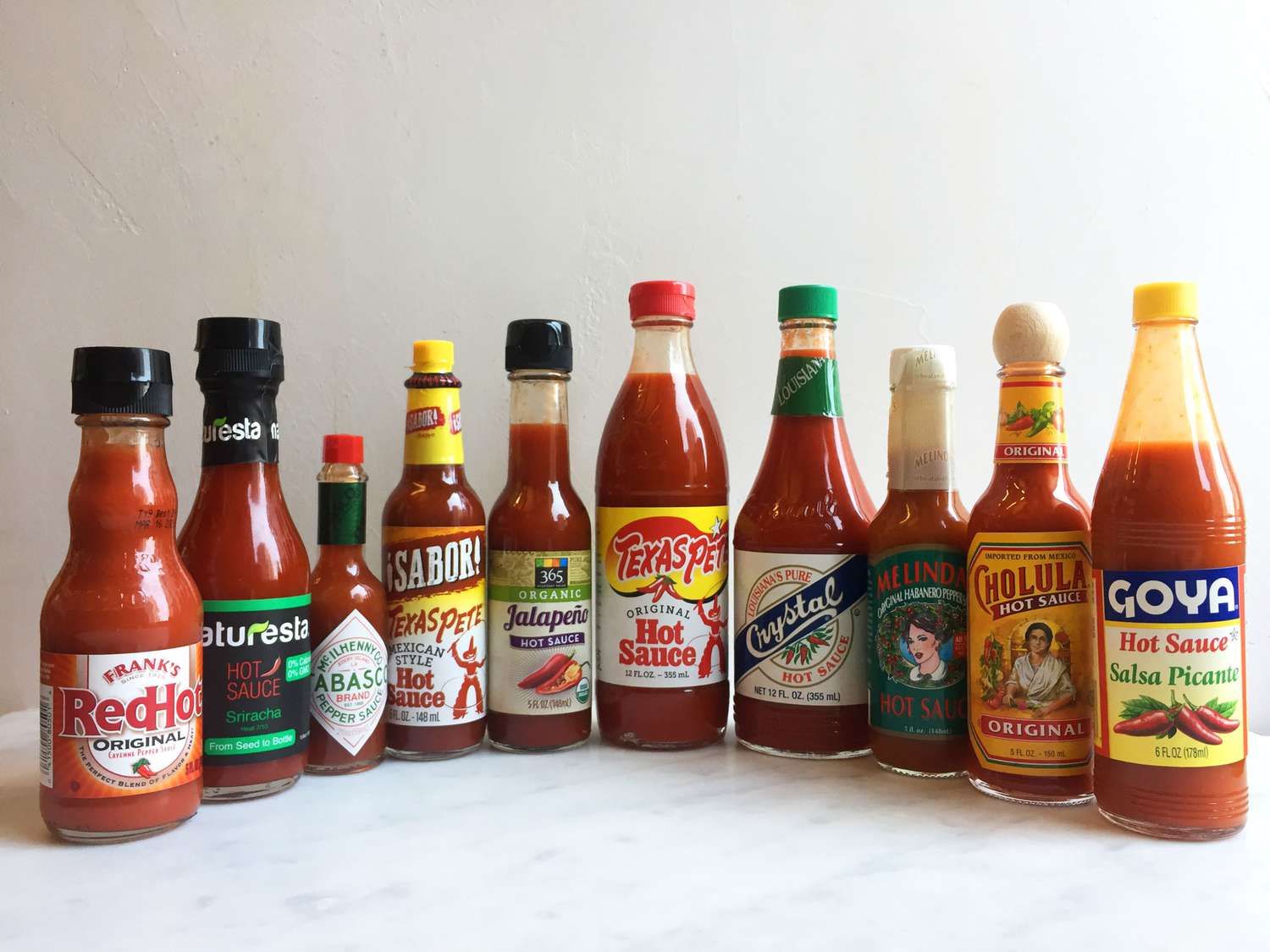
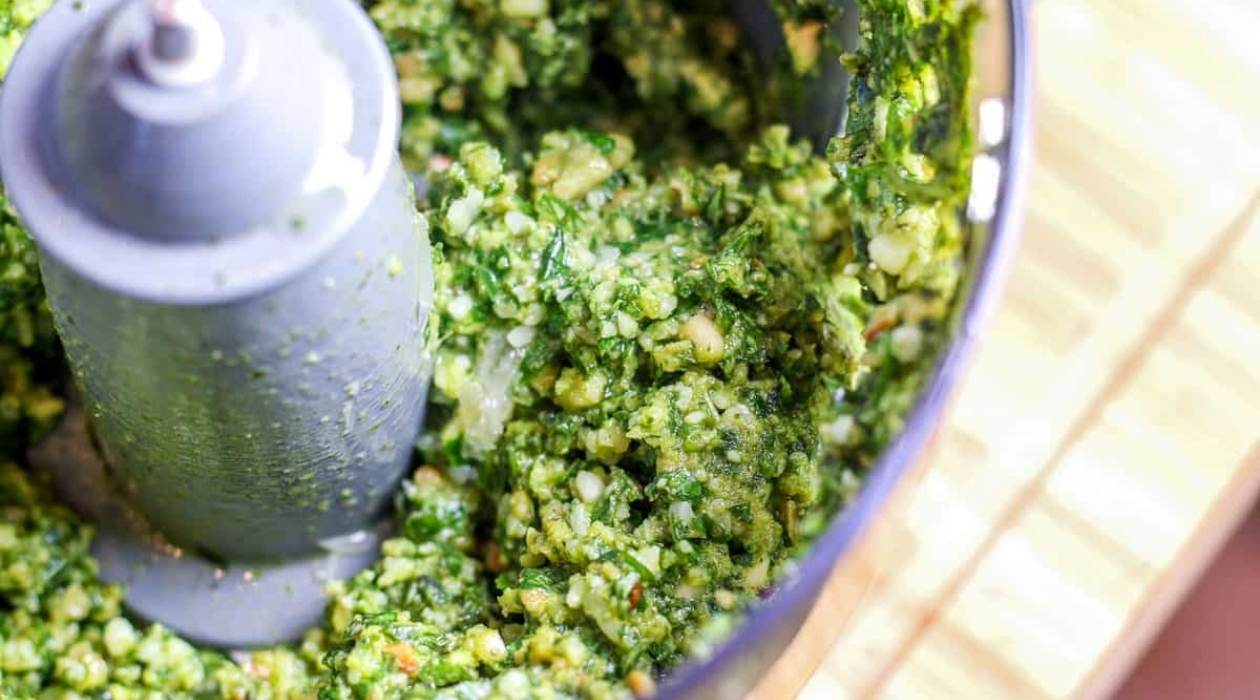
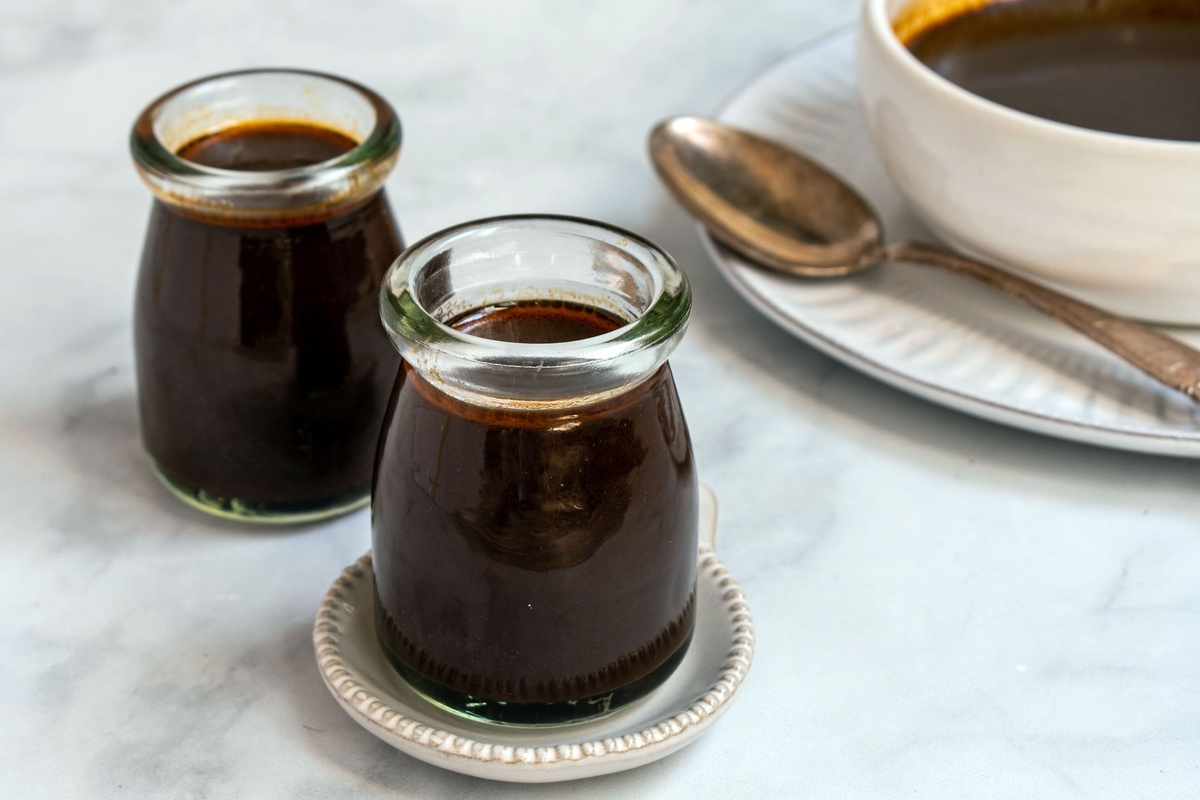

0 thoughts on “How To Properly Store Different Types Of Sauce”